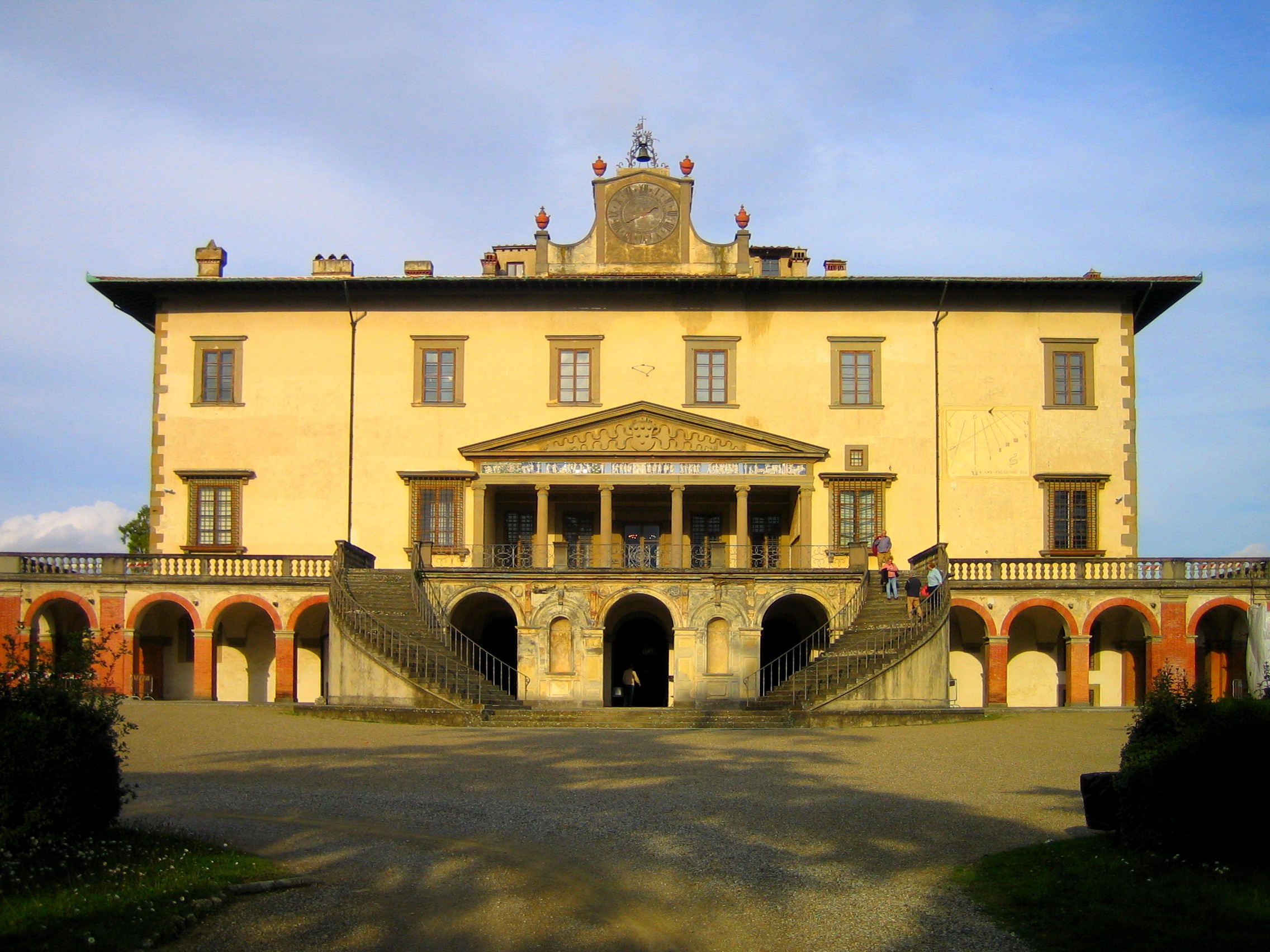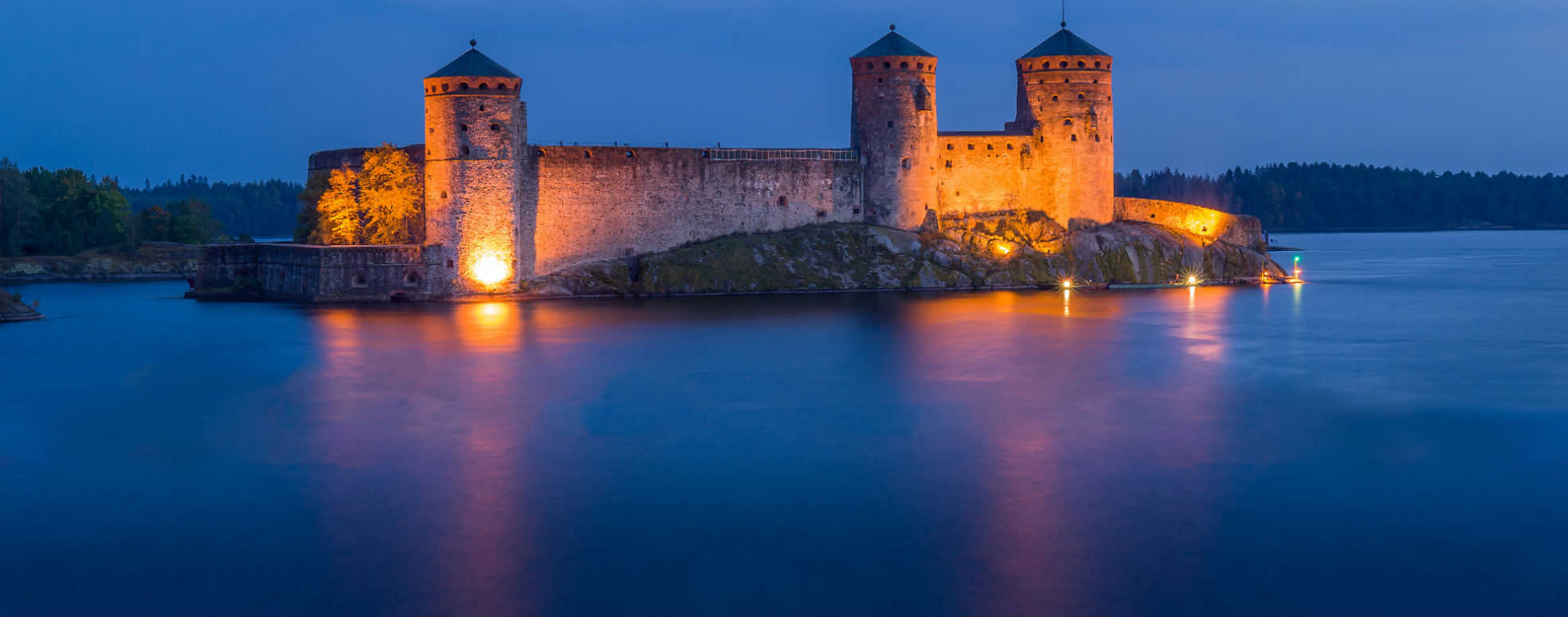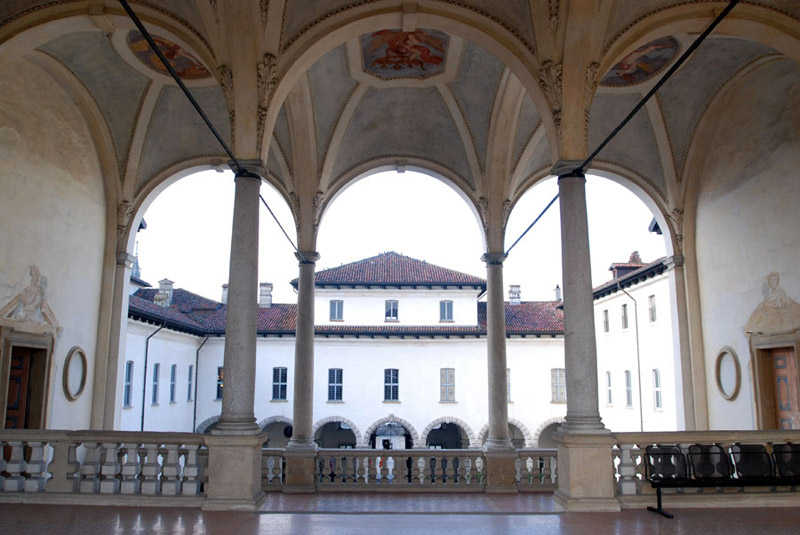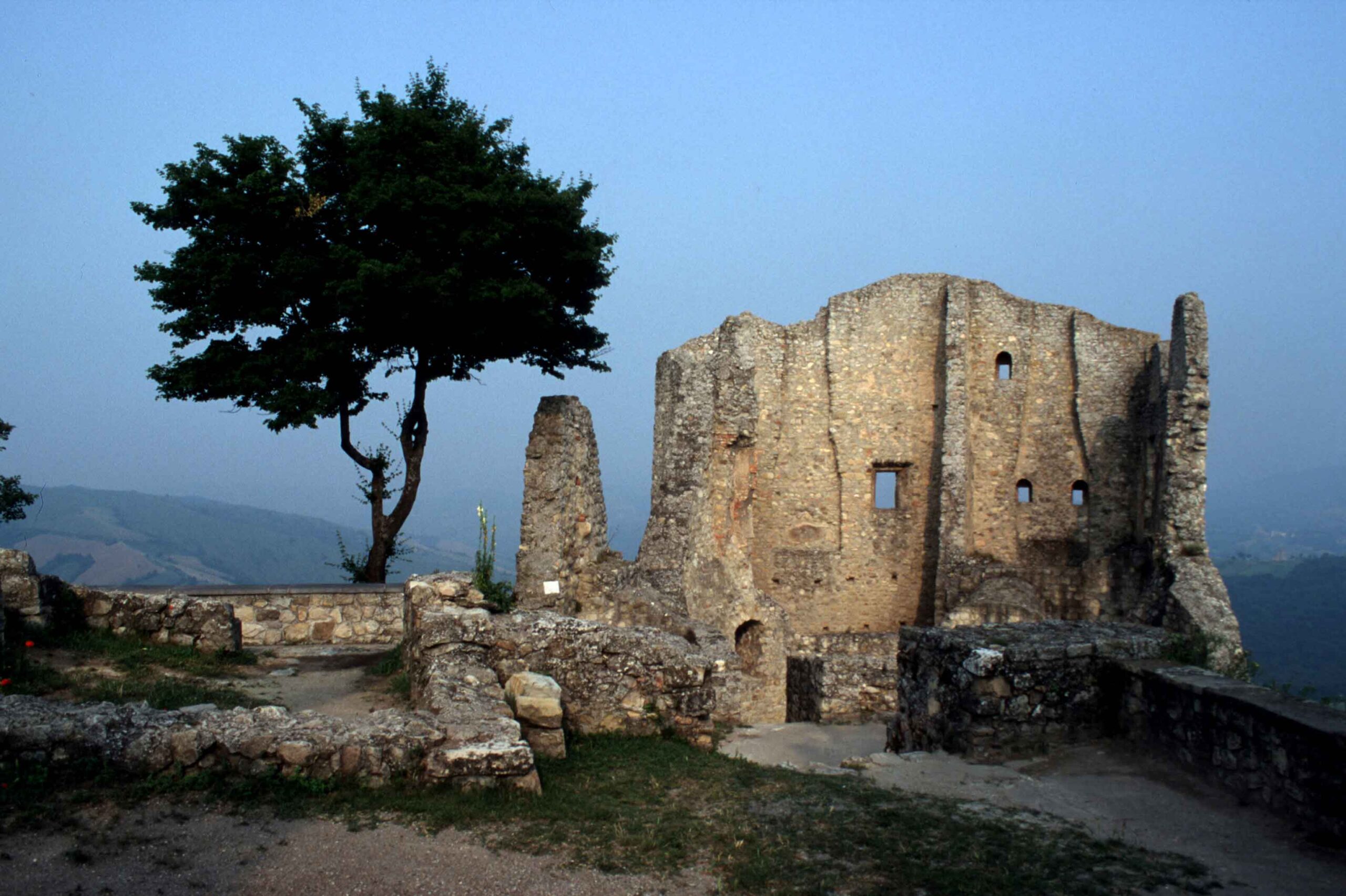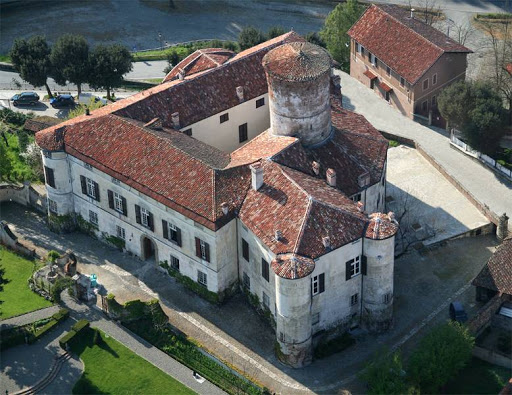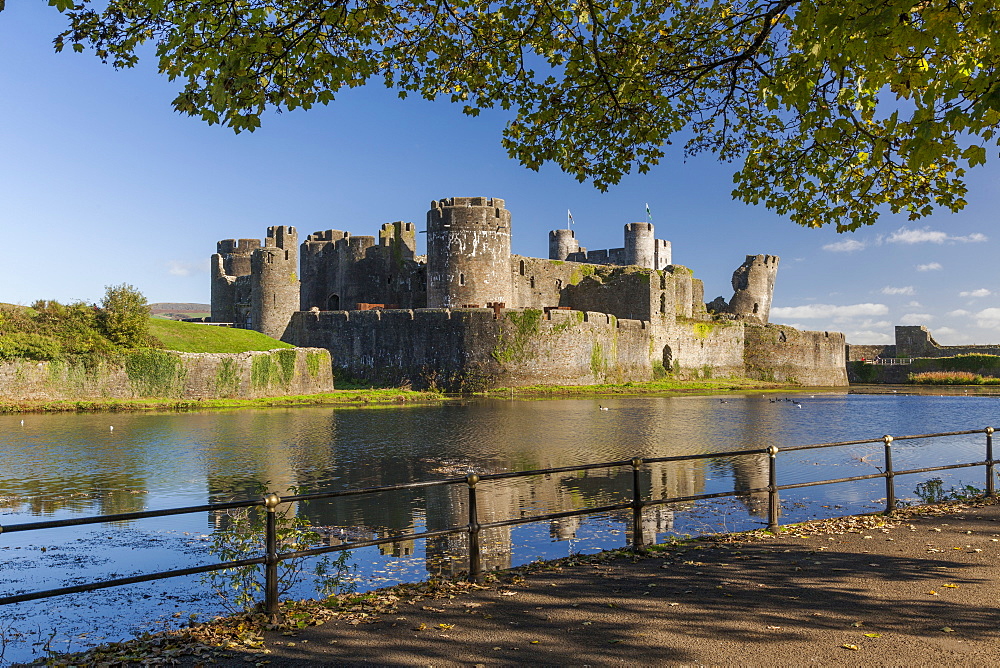The Medici Villa of Poggio a Caiano, erroneously also called Ambra (Ambra was an old ruined house), is one of the most famous Medici villas in Tuscany. The villa is perhaps the best example of architecture commissioned by Lorenzo the Magnificent, in this case to Giuliano da Sangallo around 1480. It is no coincidence that this is a private building, in which there are elements that served as a model for the future development of the typology of villas: interpenetration between interior and exterior through filters such as loggias, symmetrical distribution of the rooms around a central hall ("centrifugal" space), dominant position in the landscape, conscious recovery of classical architectural elements (such as the barrel vault and the pediment of the Ionic temple on the facade).
esidence of the Medici, cradle of important events such as weddings but also of unpleasant episodes such as the death of Francis I caused by a lethal fever. The large hall on the first floor, called the Leone X hall, embellished with frescos celebrating (by Andrea del Sarto, Pontormo, Franciabigio, Alessandro Allori) the Medici family, dates back to 1518.And so, you should know, that once the Medici dynasty ended, the Medici Villa of Poggio a Caiano passed to the Hapsburg-Lorraine. Even in the 18th century, this always served as a summer residence.
Later this became the favourite residence of Elisa Baciocchi Buonaparte. During the period when Florence was the capital, Vittorio Emanuele II had new stables built, redecorated some of the rooms and transformed the billiard room on the ground floor.This theatre of love stories now belongs to the Italian State and houses two important museums: that of the historical apartments and the Museo della Natura Morta, on the second floor, containing paintings from the Medici collection.Inside the Renaissance building you can admire the apartment of Bianca Cappello, the entrance hall, the billiard room and the court theatre on the ground floor; the Leone X hall, the entrance hall and the dining room on the first floor; the Museo della Natura Morta on the second floor.
